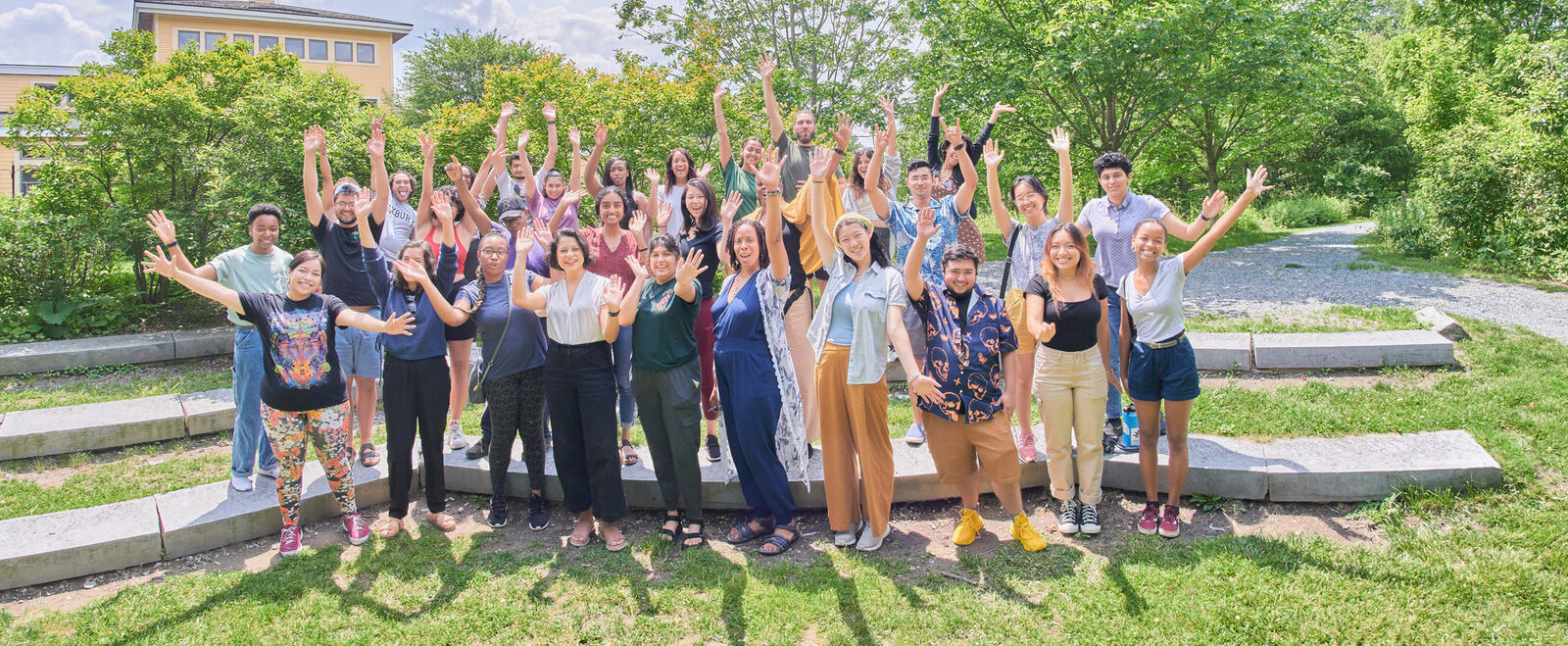Hurricane Katrina cast national attention on the environmental hardships inflicted upon poorer neighborhoods and people of color by the disaster in New Orleans and the Gulf Coast region. However a new report demonstrates that profound environmental injustices also exist in the Bay State. Environmentally hazardous waste sites and polluting industrial facilities are disproportionately located in communities of color and lower-income communities according to “Unequal Exposure to Ecological Hazards 2005: Environmental Injustices in the Commonwealth of Massachusetts” a new report by Daniel R. Faber associate professor of Sociology Northeastern University and Eric J. Krieg associate professor of Sociology Johnson State College.
“An analysis of 362 communities throughout the Commonwealth of Massachusetts reveals that these populations live each day with substantially greater risk of exposure to environmental health hazards” said Project Director Daniel Faber. “And these disparities have worsened in recent years. A person living in a community of color is now thirty-nine times more likely to live in one of the thirty most environmentally-burdened communities in the state.”
Faber notes that the report is the first to provide a method for ranking the environmental burden of communities in the state utilizing the 2000 Census as well as the first to measure cumulative exposure to environmental hazards of all kinds in Massachusetts.
Key findings
- Communities of color where people of color make up 25 percent or more of the total population average 48 hazardous waste sites per square mile. In comparison white communities (less than 5 percent minority population) average 2.1 waste sites per square mile. As a result communities with high minority populations average twenty-three times more hazardous waste sites per square mile than low minority communities.
- Communities where people of color make up 25 percent or more of the total population average about ten times more releases of chemical pollution from industrial facilities per square mile than white communities (less than 5 percent minority).
- Communities of color make up 9.4% of all towns in the state but receive 37.6% of all industry releases of carcinogens 32.8% of persistent bio-accumulative toxins and 37.2% of all reproductive toxins.
- Low-income communities face a cumulative exposure rate to environmentally hazardous facilities and sites that is up to four times greater than higher income communities in the state.
- Communities with high minority populations face a cumulative exposure rate to environmentally hazardous facilities and sites that is over twenty times greater than low minority communities.
- The authors have compiled a list of the 30 towns most intensively burdened with environmentally hazardous industrial facilities and sites. Communities of color make up 24 (or 80%) of the towns on this list. If the numbers were egalitarian then only three communities of color should appear on this list.
“Clearly not all Massachusetts residents enjoy equal access to a clean environment. Communities most heavily burdened with environmentally hazardous industrial facilities and sites are overwhelmingly minority and lower-income. Governmental action is urgently required to address these disparities” says Dr. Daniel Faber. Read the 2005 Unequal Exposure to Ecological Hazards report.



